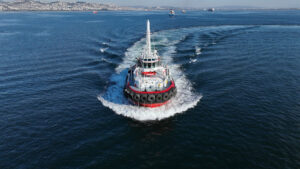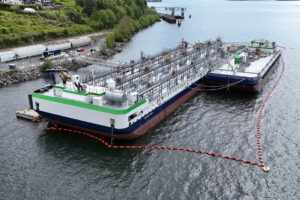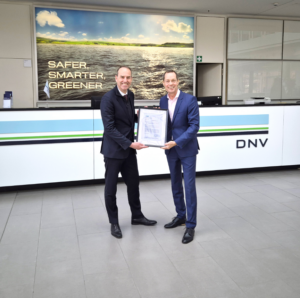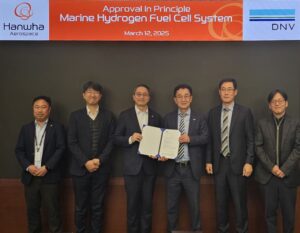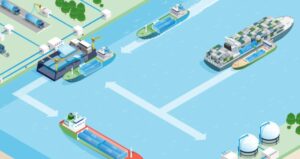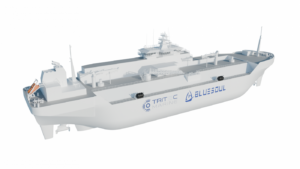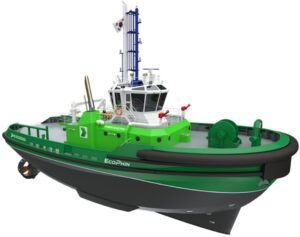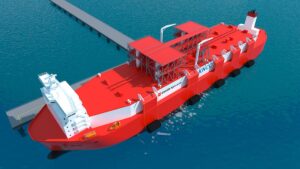DNV GL approves first LNG-fueled shallow-draft pushboat design
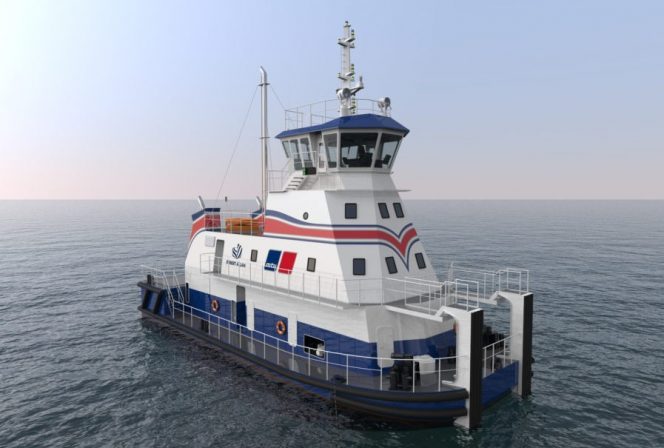
Classification society DNV GL has given approval in principle for the design of the world’s first LNG-powered shallow-water push boat.
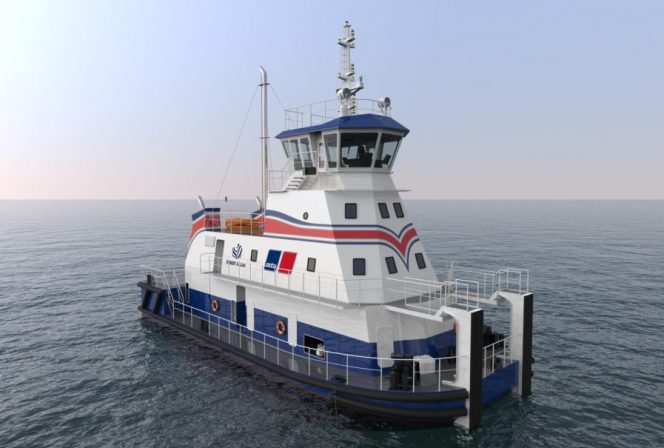
Rolls-Royce said that the approval in principle was awarded to the Robert Allan-designed vessel at the International Workboat Show in New Orleans.
Consulting naval architectural firm Robert Allan and engine manufacturer MTU Friedrichshafen, a wholly-owned subsidiary of Rolls-Royce, teamed up to develop the design for the vessel back in August 2019.
The approval in principle from DNV GL certifies that the design complies with the classification society’s rules for classification of maritime vessels and the international safety regulations for vessels using gas or other low-flashpoint fuels.
It is an independent evaluation of the design concept within a given framework and states that the design is fundamentally feasible, and there are no fundamental implementation concerns.
Christof von Bank, director of sales, Marine & Offshore Americas, said: “The interest of the market regarding the design study of Robert Allan and Rolls-Royce confirms that the decision was right to develop a lean-burn gas engine. We have found operators across the globe who have seen the benefits of operational costs in addition to the reduction of environmental impact.”
As for the vessel itself, it is based on the shallow-draft RApide 2800-Z2 pushboat that currently operates on the Amazon river system.
The vessel design template was modified to suit a complete LNG propulsion system with two 746 kW MTU 8V 4000 M55R-N Tier III gas safe main engines. The new LNG pushboat design is named RApide 2800-G.
While keeping the existing hull shape, the design was reconfigured to allow the installation of the LNG tank while still providing adequate space for other machinery and the crew.
Rolls-Royce also stated that it was set to deliver its first MTU 8V 4000 M55N gas engines to municipal works company Stadtwerke Konstanz in southern Germany.
The engines will be used to power the first LNG-powered car ferry on Lake Constance.

